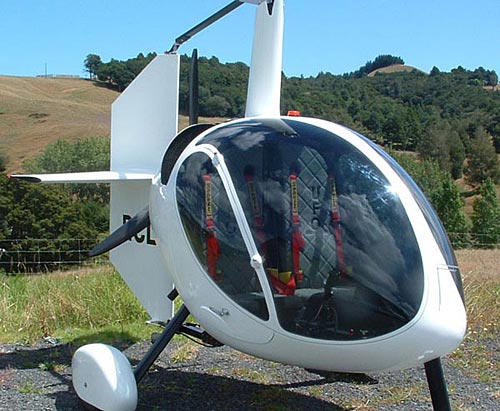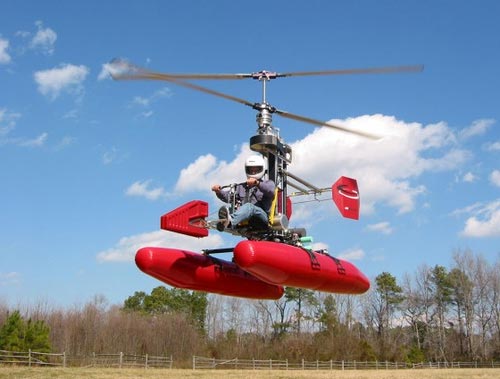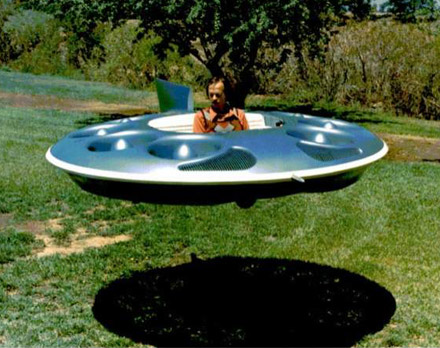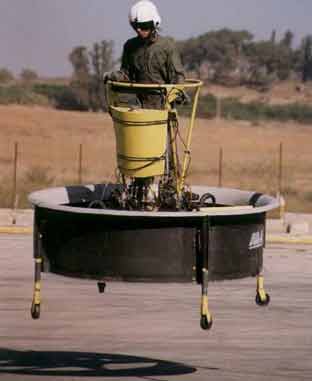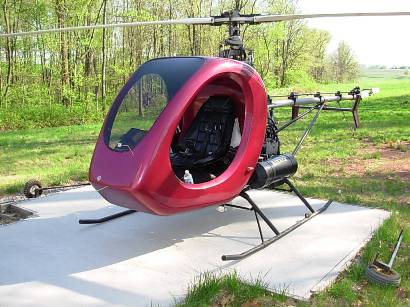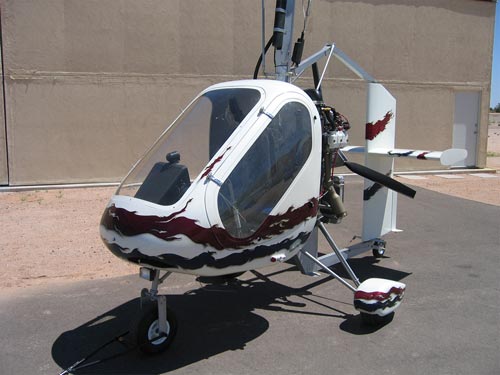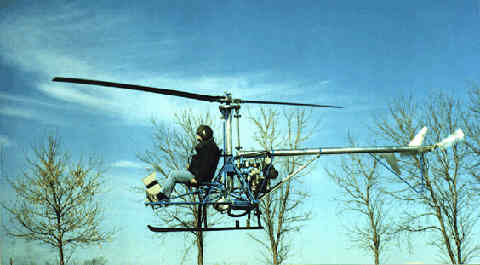To solve this problem, I have invested several hours in creating a resource page about autogyros that will help you find a lot of useful information in one place. Save your time and use this page as a reference source about gyrocopters. If you think some important resource or category is missing, let me know in the comments.
Gyrocopter Pictures
Here are four pictures of nice autogyros. Click on each picture to see it in full size. The good thing about pictures on Flickr is that you can use some of them on your website or blog (under certain conditions).
 By cvknet |  By JoostJB |  By JoostJB |  By barrettyman |
Some good gyrocopter images can also be found at these websites: photobucket.com; http://www.flythailand.com/id21.htm; unc.edu; www.luftaufnahmen-hannover.de; http://www.vortechonline.com/bensen/; http://www.skyadventures.co.za/gyrocopter.htm; http://www.kate.aviators.net/gyro1.htm; and of course your favorite search engine.
Note that except the images from Flickr, most of the others are for your eyes only and can't be used on websites or blogs.
Do you have your own autogyro photos that you want to share? Let me know in the comments!
Gyrocopter Videos
The best place to look for autogyro videos is of course YouTube. I have selected for you a couple of really interesting videos.
- Introduction to Gyroplanes (Gyrocopters) by Dan Donley is 10 minutes movie that starts from the autogyro history and guides you further.
- Flying my Bensen gyrocopter - a very cool video recorded by the pilot. It's just 2:30 but is one of the best videos that help you feel what flying with gyroplane is like.
- Gyrocopter High Wind Takeoffs at El Mirage - nice DIY autogyro flight. It takes a while for this guy to start flying, but this video is also very exciting.
- Birdy gyrocopter demo. Birdy is one of the cutest gyrocopters I have seen and this video is really nice. Recorded from the ground.
- Homebuilt gyrocopter - this video is interesting because it shows a gyroplane without engine. This one is pulled by something, probably a car.
Of course you can find other hundreds of gyrocopter videos on YouTube.
General gyrocopter information
Of course the best place to start is our page about autogyros because it's easy to understand. Then of course comes the Wikipedia page which contains a lot of detailed information.
Another must-visit place is the Autogyro FAQ on the Indian microlight site.
How to fly autogyros is definitely a site to visit if you plan on real flying.
Gyrocopter Safety
Gyrocopters are considered safer than other kinds of aircraft although this is pointed out as a myth by Popular Mechanics article. No matter whether you trust the safety myth or not you need to get serious education about the possible risks and safety requirements when flying a gyroplane.
In another great article Ralph Taggart explains that there is an image problem with gyroplane safety. It debunks some popular myths and is a must read for everyone who ever plans to fly an autogyro.
The Lone Star Rotorcraft Club has also a good page answering the question how safe are gyrocopters paying some special attention also on the topic of building an autogyro yourself.
Note that even the resources who call the autogyro one of the safest aircraft emphasize on getting a good training. That's what our next section is also about.
Gyrocopter Training
One thing is sure - even if you know how to flight another type of ultralight you still need a training for flying a gyroplane. You will have no problem finding a training company online - they are so many that I don't see a point placing specific links to training companies here. Instead of that on this page you will some links that will help you learn the basics of the theory for free or cheap - and then decide whether you really want to practice.
E-how's guide on learning autogyro flying isn't much informative but is short and OK for a first step.
Then you can take a look at Pilotjourney's Free learn to fly kit. It's not specific for gyrocopters but is a great thing for people who have no experience.
And then check The Gyrocopter Experience great article How do I learn to be a Gyrocopter Pilot?.
One good way to start learning without paying much but with going deep enough is to read a book. Fortunately the Rotorcraft Flying Handbook
 doesn't cost much and is cool enough for going further.
doesn't cost much and is cool enough for going further.When you are ready you can search your favorite web engine or check Thirty Thousand Feet training directory and choose your training school.
Gyrocopter Discussions
Surprisingly even such a strange aircraft have enough fans to have few online discussion forums dedicated to or at least including large sections for it. Here are the best ones:
The Rotary forum is a discussion forum for all kind of rotorcraft. It includes a lot of discussions about gyroplanes.
There is a Yahoo discussion group Autogyro with around 150 members and a good number of discussions.
Occasionally you can find gyroplane discussions at target=_blank>Sport Pilot Talk and at Homebuilt Airplanes forum.
Of course there are also some Google groups but most of them aren't very active.
Autogyro Manufacturers and Dealers
We aren't going to build a directory here. The best place to look for gyrocopter are the search engines, your local yellow pages and again Thirty Thousand Feet.
Here I want to show you two interesting companies. Vortech Online is selling interesting plans and manuals that can help you build very cheap gyros yourself. I have not tried building but they indeed look interesting.
Another interesting site is featuring the unique UFO HeliThruster - a wonderful personal rotary wing aircraft.
Keep an eye on this page, there may be more interesting resources to come!






